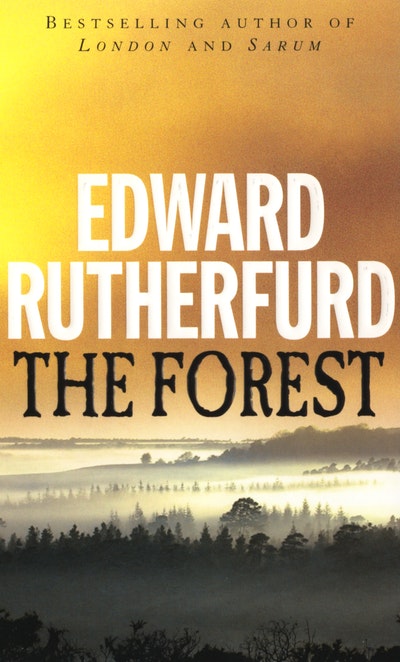

Rutherfurd may be at his best when dealing with big-canvas events like the bloody Monmouth Rebellion of 1685. Rutherfurd creates generation after generation of adroitly realized characters, the best of whom defy our generic expectations: the canny Brother Adam, for example, is that rarest of literary creatures, a virtuous man who doesn't end up being simply bland and anodyne.

Opening with the assassination of King William II in 1099, the book covers nearly a millennium's worth of history. But The Forest is surely the definitive chronicle, with all the local stories, legends, and apocrypha woven into an irresistible narrative-think of Thomas Hardy's power and drama filtered through a very modern sensibility. Other writers have tackled the area before.

This time the location is that bosky patch of English real estate known as the New Forest. The Forest is the most ambitious example yet of Rutherfurd's art. With such novels as Sarum and Russka, Edward Rutherfurd has laid claim to James Michener's longtime turf: the immensely researched, meticulously detailed epic of place, in which the characters tend to play second fiddle to the setting.


 0 kommentar(er)
0 kommentar(er)
